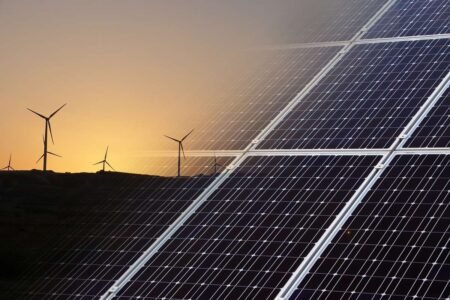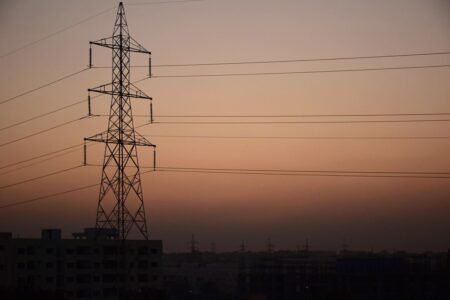As of 1 September 2018 energy intensive and inefficient halogen light bulbs can no longer be sold across the European Union.
Advertisement
Precisely what is covered and what is not covered?
This decision relates to mains-voltage non-directional halogen light bulbs. It does not cover halogen bulbs often used in desk lamps and flood lights (such as the R7s,G9 and G4 lamps) for which exemptions have been granted because affordable alternatives are not yet largely available on the market; nor does it cover low voltage directional halogen lamps, such as popular spotlights.
What are the potential savings for consumers?
Energy consumption: LED bulbs tend to use much less energy, often less than 10% of the halogen equivalent. With most households having a handful of such bulbs, the potential savings in energy consumption are likely to be significant. Bearing in mind that many consumers have already switched at least some of their lighting to LED bulbs.
Duration: LED bulbs tend to last 10-20 years, whereas their halogen equivalent usually only last 3-4 years.
Recyclable: In practice, most of the halogen and LED bulbs concerned by the change of rules are recyclable. However, the longer life of LEDs will significantly reduce the number of bulbs to be recycled EU-wide. Retail prices: A few years ago, the cost of LED bulbs was considerably higher (4-5 times) than a halogen bulb event though they were still more economical in the long-term. However, prices have fallen considerably as the technology has developed and economies of scale have risen partially driven by the EU decision to phase out the halogen bulbs (with an extensive transition period) – and retail price differences have now reduced significantly, especially for use in households.
What are the potential cumulative savings EU wide?
Energy Consumption: The 2013 impact study of these changes estimated that, once fully implemented (i.e. when all households will have switched all lamps concerned from halogen to LED), the likely savings in annual electricity consumption across the whole of the EU-28 would be 9.4 TWh a year equivalent to Estonia’s annual energy consumption. Greenhouse Gas emissions: The 2015 impact assessment estimated that, once fully implemented, these changes would provide annual savings of 3.4 million tonnes of CO2 emissions equivalent to nearly double the annual emissions of Malta
Ecodesign and Energy labelling
For many years the European Commission has sought to encourage the improved energy and resource efficiency of household goods.
EU rules on ecodesign and energy labels have been particular effective drivers, significantly contributing to lowering emissions, waste and energy dependency. For example, from 2015 new energy efficiency measures included energy labels for cooking appliances and products sold online, and automatic stand-by requirements for connected devices and coffee machines.
By 2020, all the different ecodesign measures are expected to deliver savings of up to 500 on household energy bills every year and EU-wide annual energy savings of an equivalent of 175 million tonnes of oil (Mtoe) – equivalent to the annual energy consumption of Italy.
Indeed the energy label has been a huge success products have seen such an improved performance (with 55% of washing machines now classified as Class A+++) that the labels will be rescaled from 2021 onwards. This rescaling – for fridges, dishwashers, washing machines, TVs and lamps will mean that products currently defined as Class A+++ are reclassified as Class B.
Is this the last change for light bulbs?
These changes, originally agreed in 2009, were made as part of the implementation of the first and second Ecodesign Working Plans. Within the context of the third Ecodesign Working Plan (2016- 2019), the Commission is holding an ongoing review of lighting and other household products in order to reflect the rapid technological transition in these sectors and the increasing importance of resource efficiency.
As with previous decisions, any changes will be made following a thorough consultation process with particular consideration of the availability of affordable alternative products for consumers and the socio-economic implications, as well as the importance of a sufficient transition period. The ongoing review will not put into discussion what happened so far: lamps that are phased out remain phased out and the same applies for the halogens that will be phased out from 1 September 2018.






